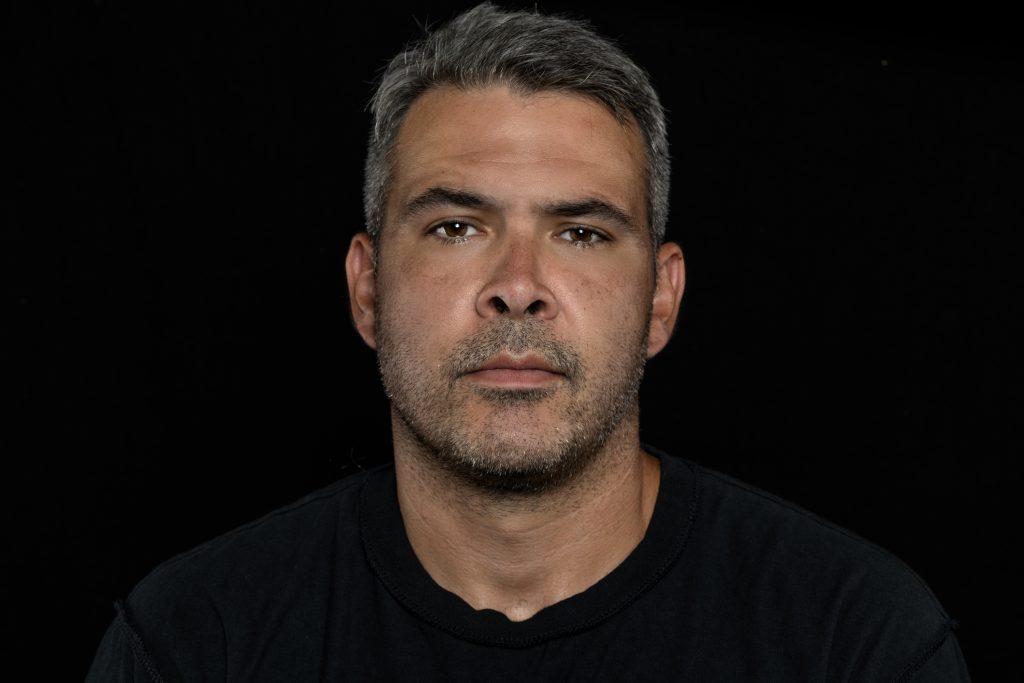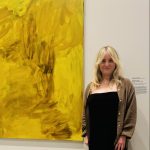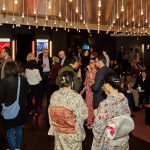Warraba Weatherall’s new show Shadow and Substance, shines a light on the practices, both historical and modern, of cultural institutions in Australia and around the world and the way that they handle artefacts. The exhibition features dynamic installation, sculpture and video works which critique the narratives about Aboriginal and Torres Strait Islander peoples and culture which are found within archival and museum collections. Indigenous property, cultural information and materials have been historically acquired and displayed without consent, often following some kind of bodily, land, or property violence, and without ongoing liaison with living family and community members and descendants.
Kamilaroi artist and educator Warraba Weatherall (b. 1987, Toowoomba, Queensland) foregrounds individual and community histories, including his own family’s experience, to highlight the gaps and biases of the colonial record, as well as its ongoing influence.
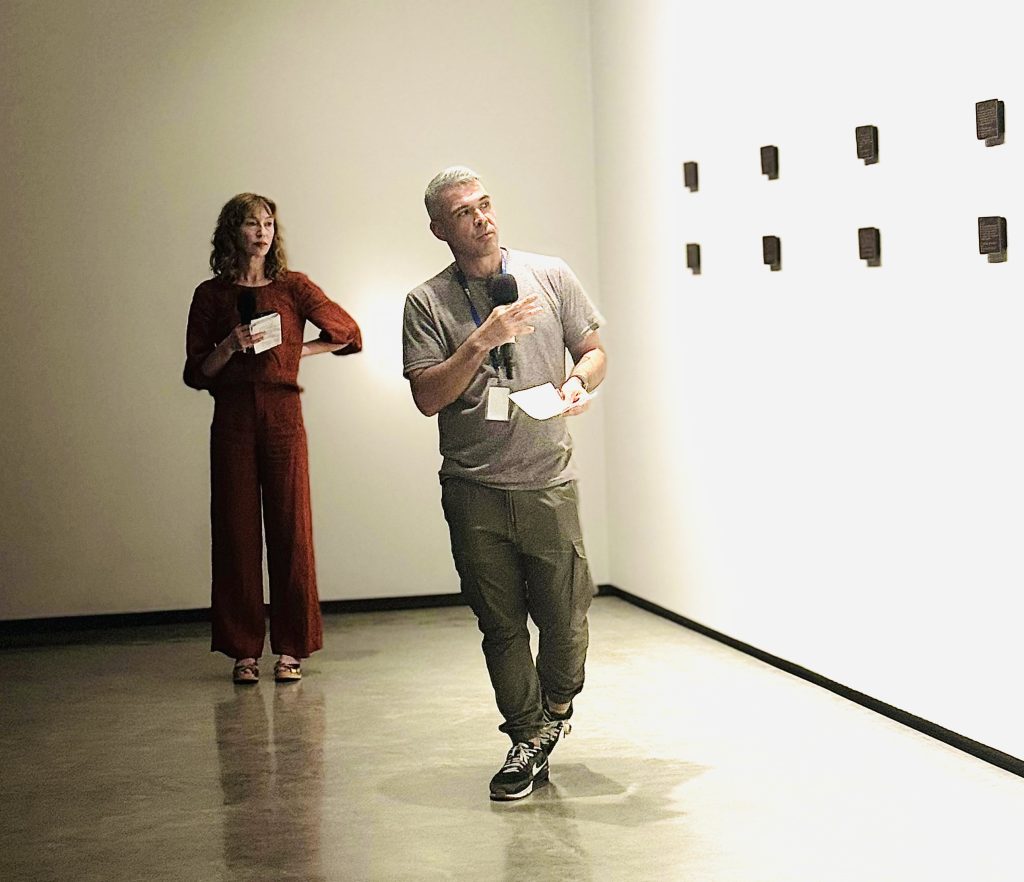

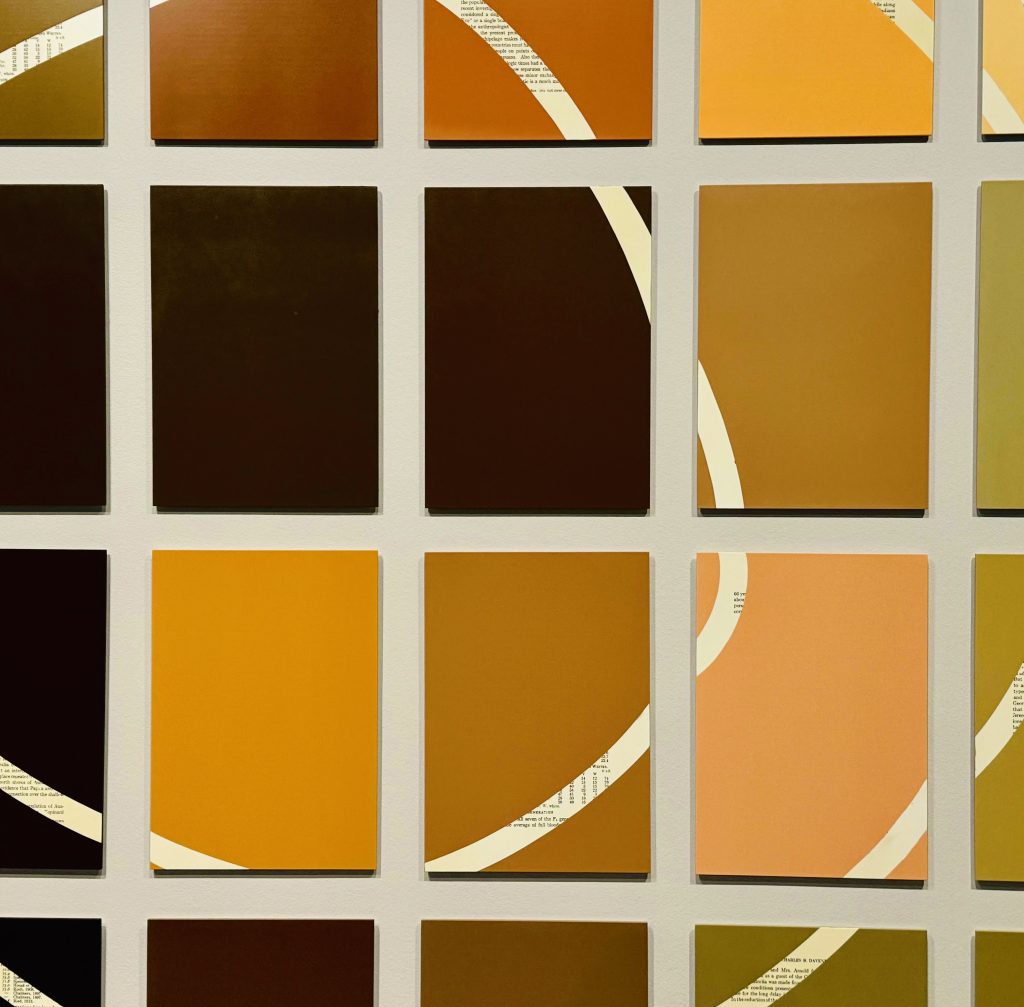
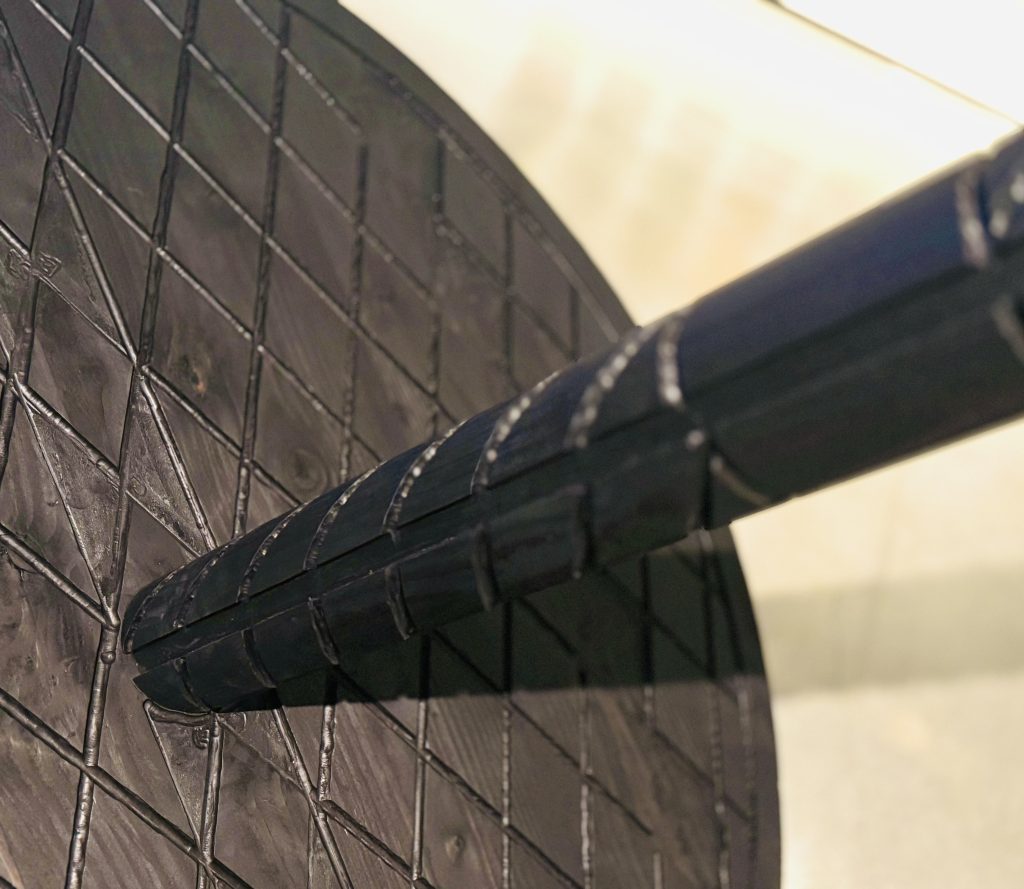
The exhibition runs until 21 September 2025 and is curated by MCA Australia Curator Megan Robson. It premieres several new artworks created by the artist especially for this presentation, including Trace (2025), a major new co-commission between MCA Australia and the Hawaiʻi Triennial 2025.
At the launch, Irresistible asked Weatherall what he hoped visitors to the exhibition, including the many tourists who visit the MCA from overseas, would take away from the exhibition. “History is complex everywhere,’ he said. “I hope that anyone seeing this show will be able to inform themselves beyond the mainstream and generic perspectives of Aboriginal people and cultures. It’s very hard when you’re a tourist because you’re not familiar with that level of information. The tourism industry is rife with a certain lack of information, and with perpetuating racial archetypes.”
He went on to tell us how he wanted learning to turn into action. He wants people to discover real Aboriginal people and culture, away from the tourist traps. “I hope visitors to my show will go and listen to Aboriginal people, and go to events where communities are involved, rather than paying someone else to speak on our behalf. When you walk around The Rocks you see all the Dreamtime tours and that’s just something that’s been accepted. There needs to be an understanding that these kinds of activities are an anglicization of an Aboriginal concept, which the anthropologist W.E.H. Stanner made common knowledge. It does so much to reduce the integrity of Aboriginal people and our knowledges, rather than create understanding of the genuine elements of it. Instead these narratives makes concepts like Dreamtime a cute and cuddly children’s story, rather than being grounded in our early pre-historic civilisation. If people come to a little bit of that understanding, I hope they would also go back to their own countries, and realise it’s likely the case back home as well. Indigenous cultures have suffered everywhere.”
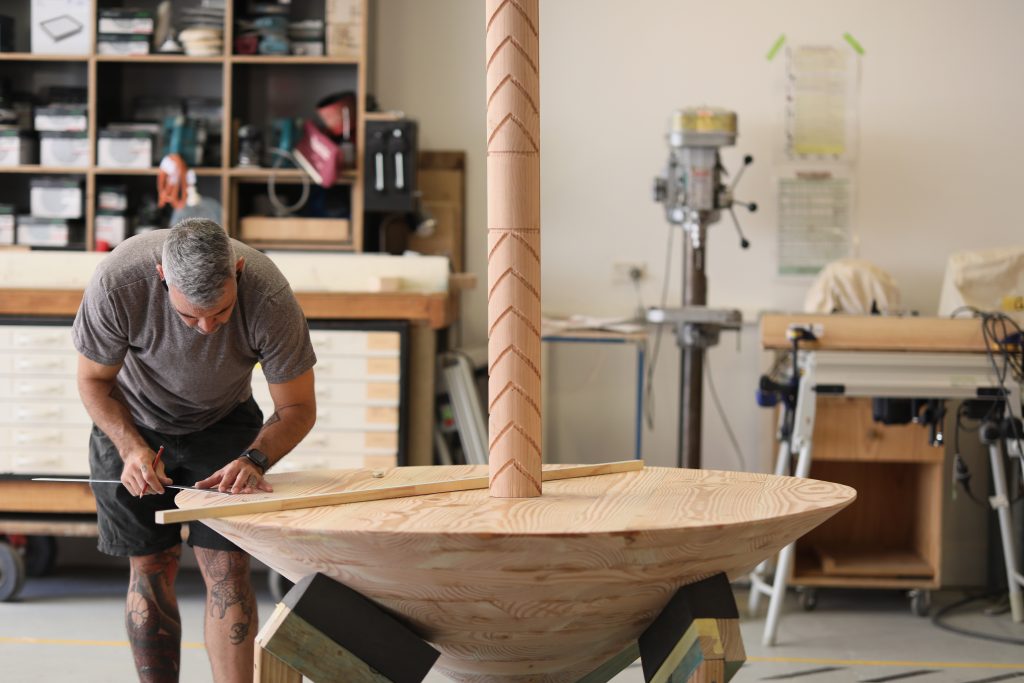

Weatherall said, “People need to understand that contemporary perspectives of Indigenous peoples have been shaped by the exploitation of cultural property, which are generationally naturalised and reinforced through social and political systems. In this way, cultural property and documentation are not benign materials but signifiers of contemporary violence.”
Weatherall made particular reference to the issues the First Nations peoples face around the justice system and in prisons when he was discussing one of the works in the exhibition, InstitutionaLies (2017/2025), “The criminal justice system where institutional racism has become so normal, is a key element as to why there are so many Aboriginal deaths in custody,” he told us. “The globalisation of colonial thinking is a key part of why these issues continue to happen. The spears help us think about elements outside of Australia. It’s a global problem and it’s a global conversation that needs to take place.”
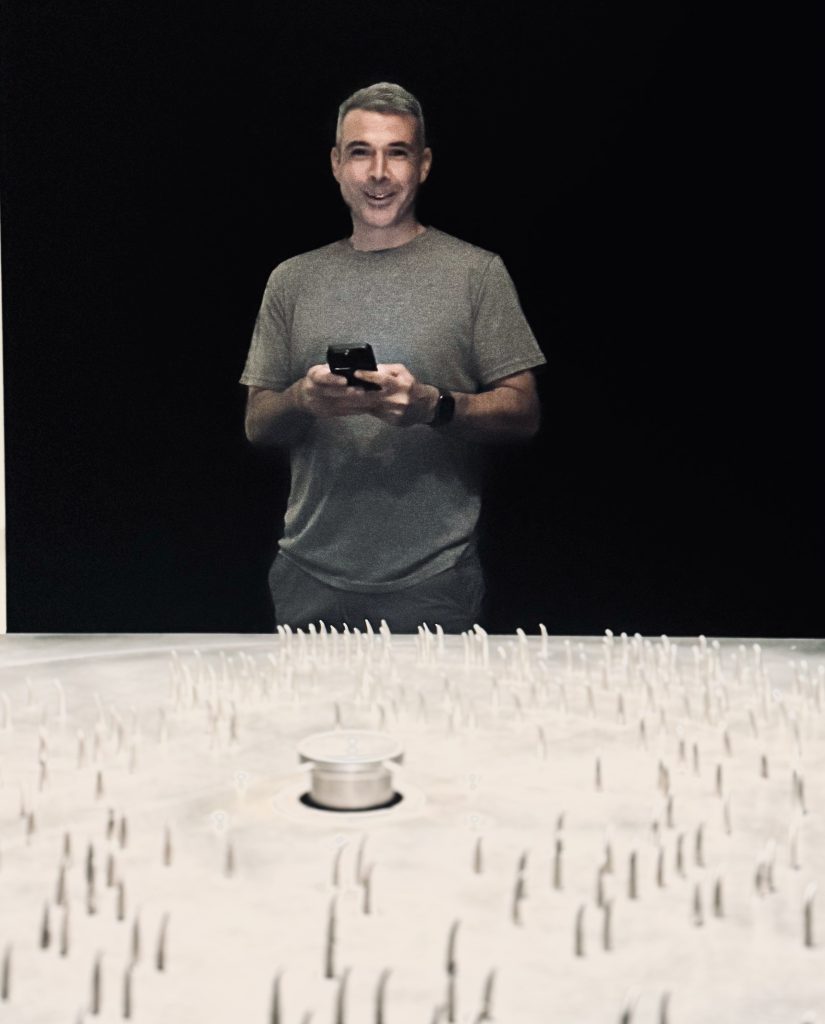

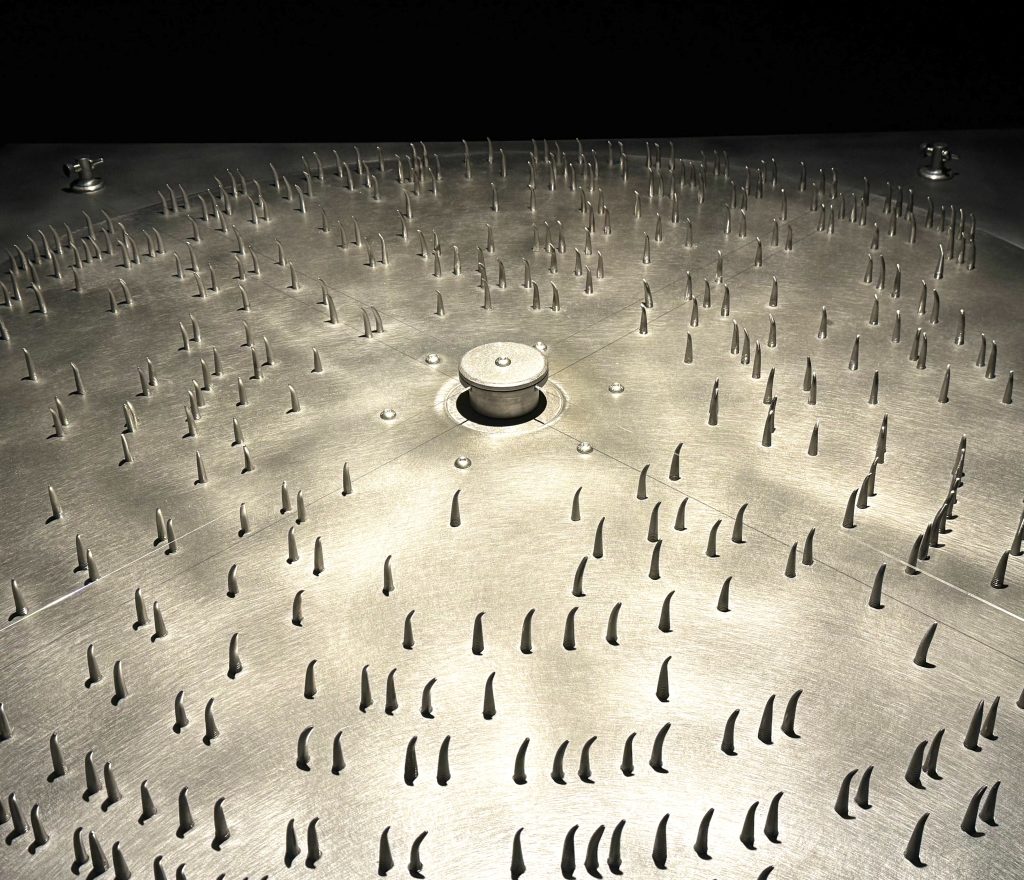
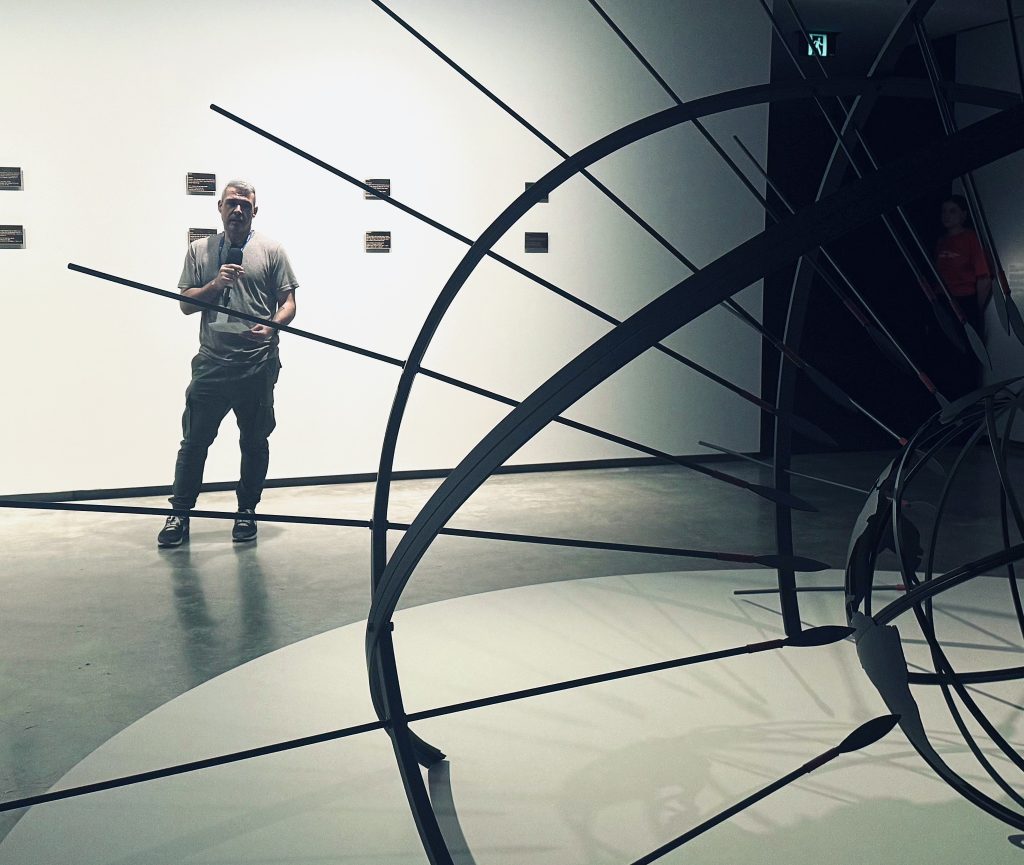
Most of the works are sculptural, taking shape in the room both viscerally and emotionally. Trace (2025) is informed by anatomical records belonging to Weatherall’s family members, which the artist sourced from institutional collections. To know and possess (2021-2025) is a very moving installation of 30 bronze memorial plaques, reflecting the widespread removal of First Nations materials and cultural property from Country as part of large- scale acquisition programs for Australian and international museums, private collections, and universities.

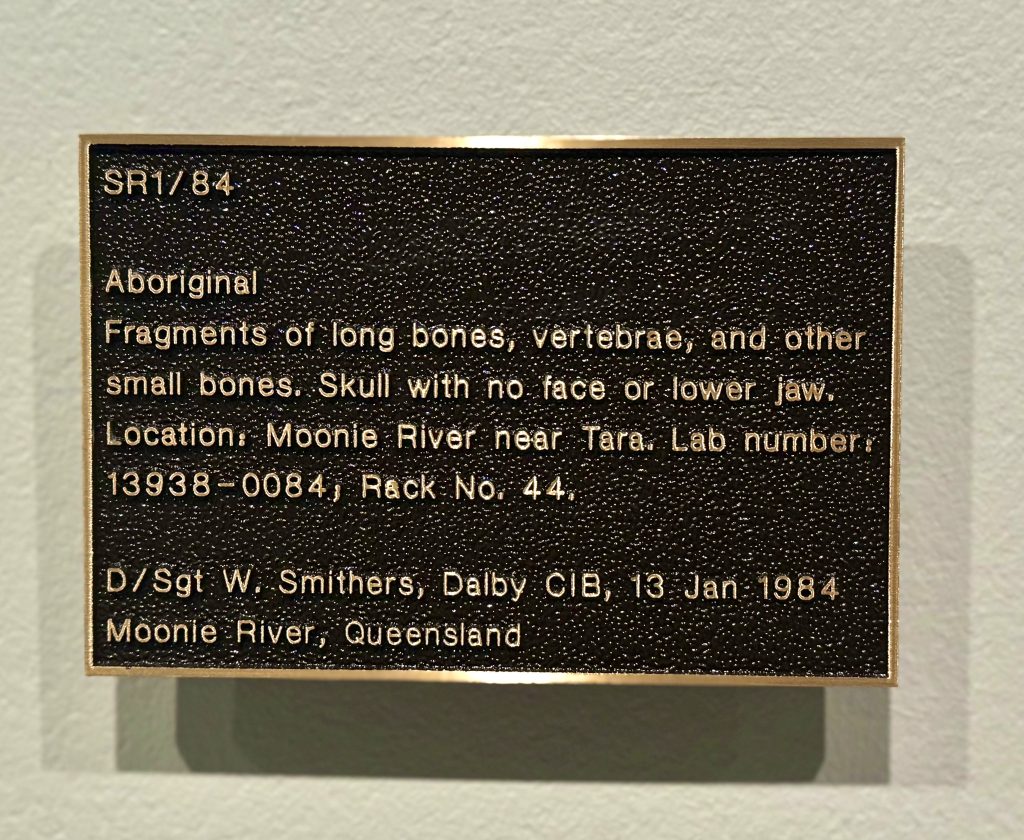
Suzanne Cotter, Director Museum of Contemporary Art Australia said, ‘As Australia’s only public museum dedicated to the work of living artists, we take great pride in exhibiting, collecting and commissioning contemporary art and supporting the work of artists throughout all stages of their career. This autumn we focus on new and innovative work by women artists living in and from Australia, and First Nations artists, offering visitors a rich perspective on contemporary art in Australia.’
The whole show is cleverly put together and thought- through, and years in the making. An important exhibition to visit over the next few months.
Warraba Weatherall: Shadow and Substance, Level 1 South Gallery, until 21 September 2025.
MCA
